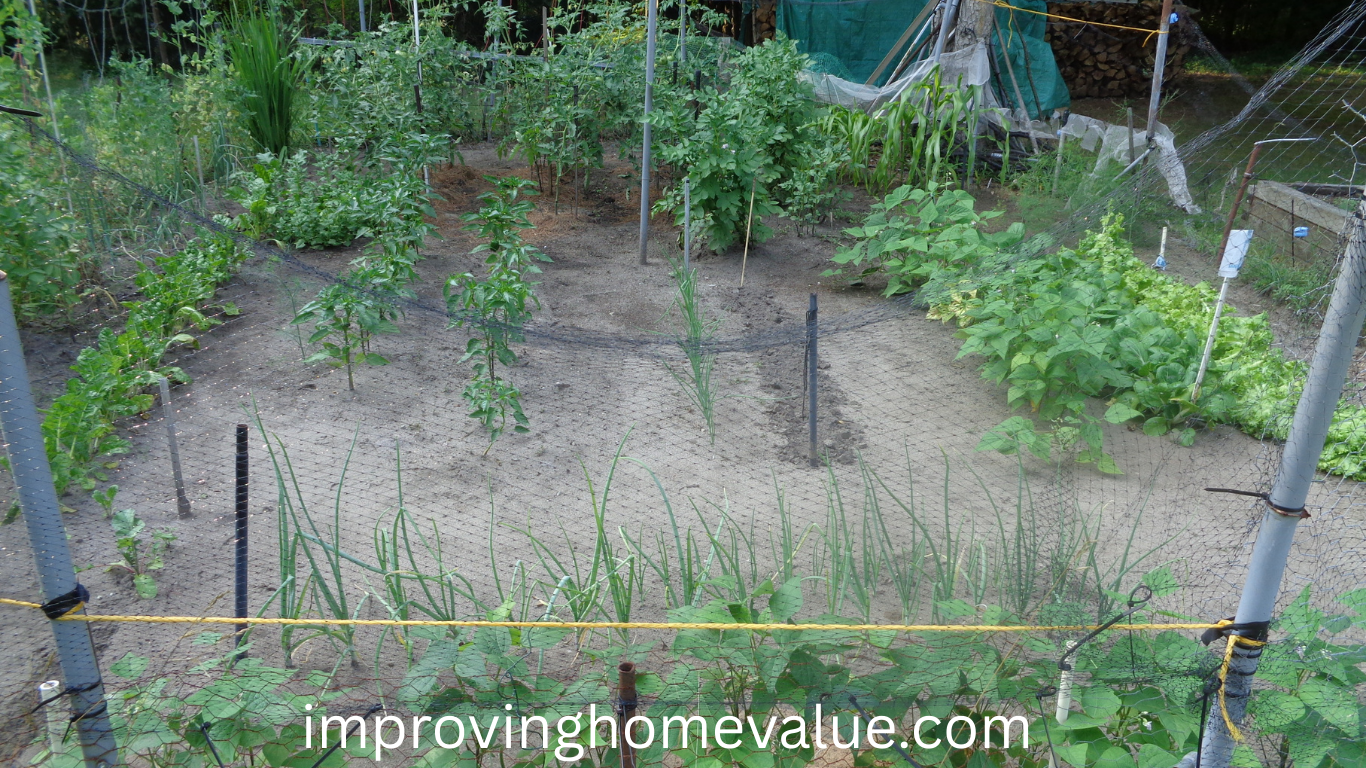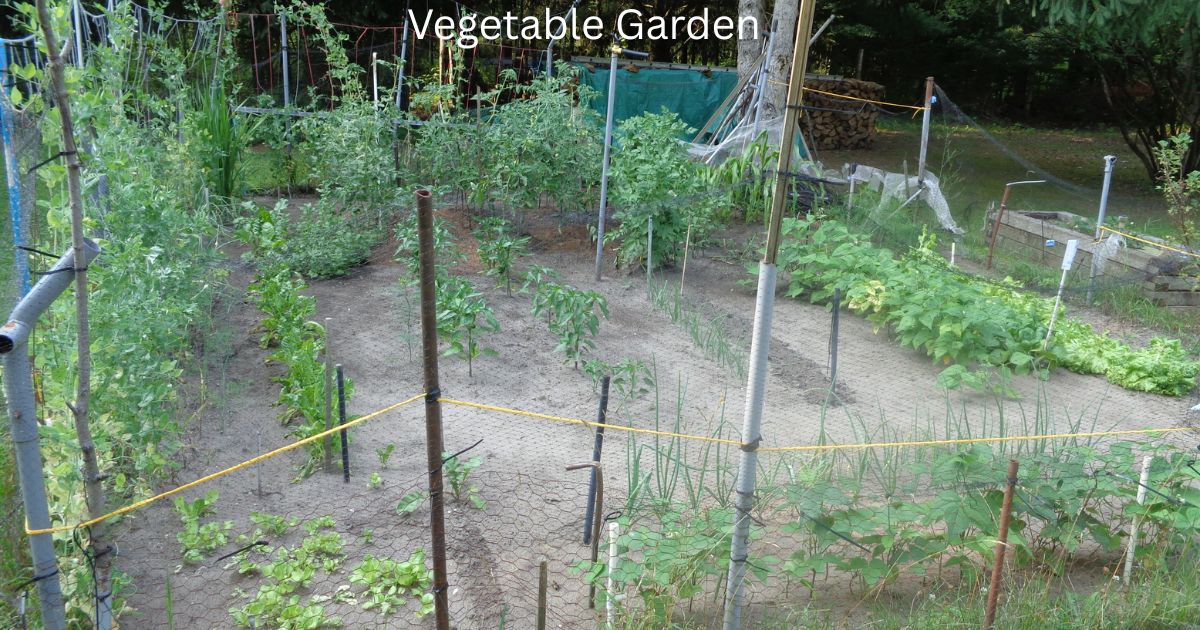Fertilizing your vegetable garden isn’t just about sprinkling some nutrient-rich mix whenever you feel like it. Timing is everything, and getting it right can mean the difference between a garden that’s lush and productive or one that’s just, well, meh. Different vegetables have unique needs, and understanding when to feed them is your first step to ensuring they grow big and healthy.
Climate plays a big role in your fertilizing schedule. If you’re gardening in an area with a long, hot growing season, you might need to space your feedings differently compared to a cooler area. The type of soil also matters! Sandy soils, for instance, might need more frequent fertilizing since they don’t hold onto nutrients as well as clay soils do. It’s all about knowing your environment and aligning it with your gardening goals.
An experienced gardener knows that there are signs to look out for—your plants might already be giving you hints. Leaves yellowing? Growth stalling? These can be signals that they are hungry for nutrients. By learning these cues, you can adjust your fertilization strategy accordingly. It’s kind of like listening to what your plants are telling you, and in return, they reward you with a bounty of produce.
Tailoring Fertilizers to Different Vegetable Plants: A Guide
When it comes to veggies, one size doesn’t fit all, especially with fertilizers. Think of it like this: each vegetable has its own dietary preferences. Leafy greens like spinach and lettuce thrive on a diet rich in nitrogen. This nutrient promotes lush, green growth, making it a staple for anything leafy.
Root veggies like carrots and beets, on the other hand, have different cravings. They lean towards phosphorus-rich fertilizers, which support root development. Ensuring they get what they need below the soil will help them grow plump and tasty.
Then there are the fruiting vegetables, such as tomatoes and peppers, which appreciate a balanced mix. It’s critical to cater to their unique growth stages by adjusting feeding as they transition from flowers to fruit-bearing. In this phase, potassium becomes the star of the show as it boosts fruit development.
Recognizing signs of nutrient deficiency can save your plants from a world of hurt. For instance, if the leaves are looking a bit pale or their growth is sluggish, it’s often a nutrient issue. In those cases, adjusting the type of fertilizer can quickly bring them back to life. Knowing what to look for and how to respond ensures you give every vegetable the VIP treatment it deserves.

Optimal Times and Techniques for Fertilizing Your Vegetable Garden
Feeding your vegetable garden at the right time is just as crucial as the type of fertilizers you use. Many gardeners find success by following a general schedule that aligns with the main stages of plant growth. Early in the season, plants often benefit from a boost as they wake from dormancy and start to grow.
During the growing season, the timing of your fertilizing efforts should also align with the vegetables’ key growth phases. Consider giving a good feeding when you see the first signs of fruiting or when leaves are forming lots of vibrant green new growth. This is when they need that extra support to maximize their potential.
Techniques are another piece of the puzzle. Giving your plants a deep watering before fertilizing can help prevent root burn, making fertilizers more effective. And speaking of effectiveness, application methods like side-dressing or using a liquid feed can ensure your plants absorb nutrients faster and more efficiently.
Balancing between organic and synthetic fertilizers can create a lively and sustainable ecosystem in your garden. Organic fertilizers improve soil health over the long term but might take more time to show results. Meanwhile, synthetic options offer a quick fix for nutrient boosts. Finding a way to integrate both can give your garden a comprehensive nutrition plan that’s beneficial all season long.
Wishing you all the best with your gardens this year, keep things growing.
